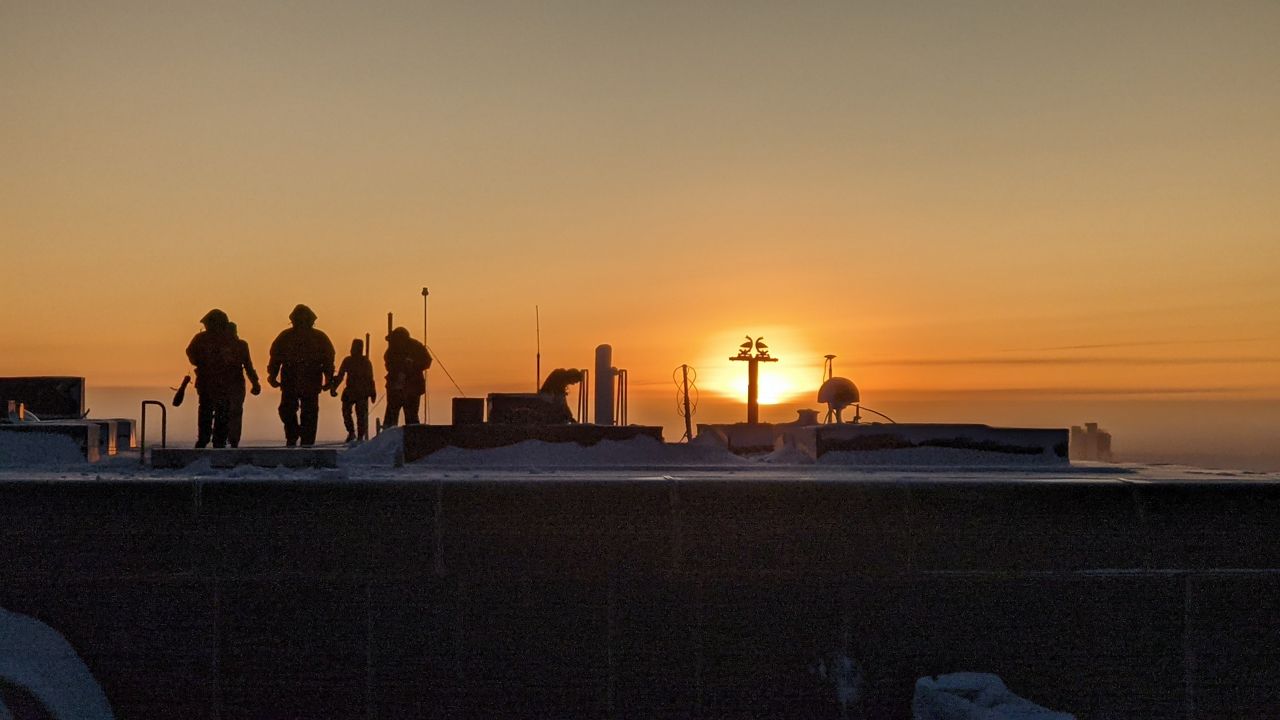Most of us take the sunrise and sunset for granted, but there is an area that only sees one each year so they treasure when the sun rises and sets.
In cities throughout America, fall officially arrived on Sept. 22 as the autumnal equinox occurred.
Some people were sad to see the end of summer as the days grow shorter during fall. I was among them.
At the bottom of the world, at the Amudsen-Scott research station, the mood was much different. Scientists there set their alarms for 4 a.m. to celebrate and watch the sun rise.
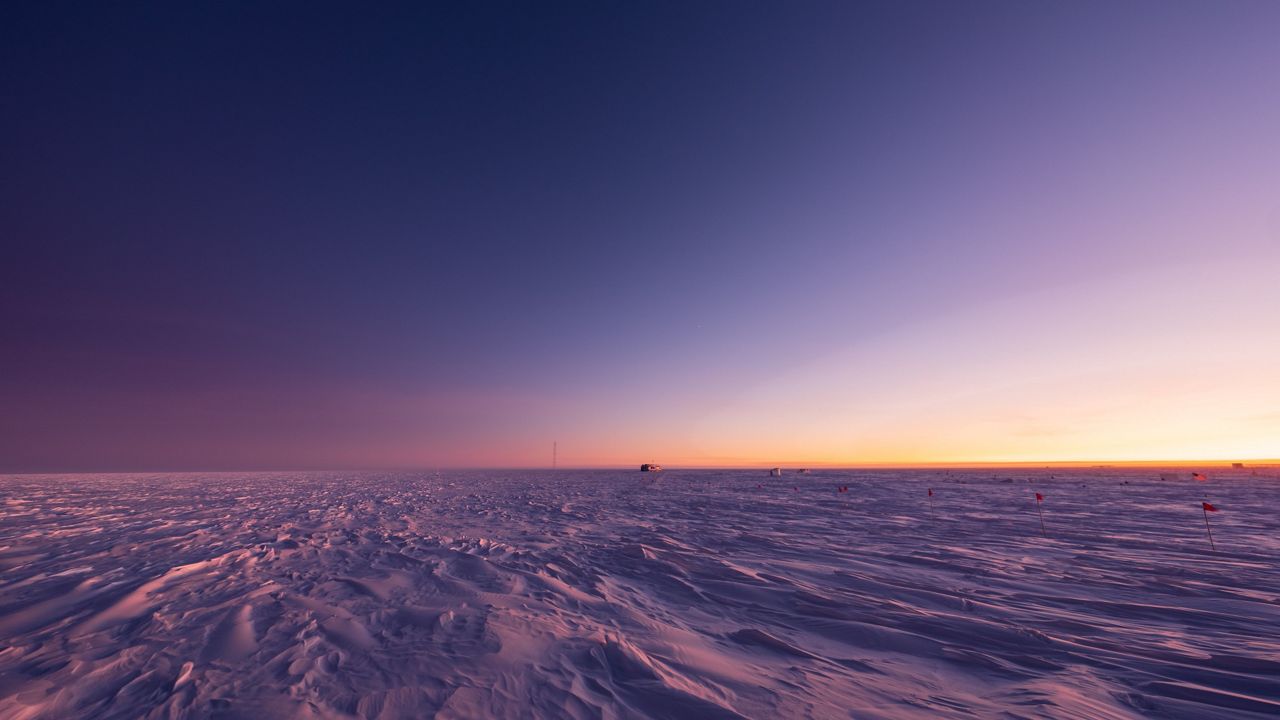
This was the first time they saw the sun since the spring equinox back in March. It is also the only sunrise they will see this year. The sun will now stay up for the next six months.
The researchers needed to bundle up to venture out that morning. Temperatures at the South Pole were 76 degrees below zero Fahrenheit at the sunrise.
Later in the day, temperatures "warmed" to 62 degrees below zero. The return of daylight after six months signals the start of big changes for life at this remote outpost of scientists.
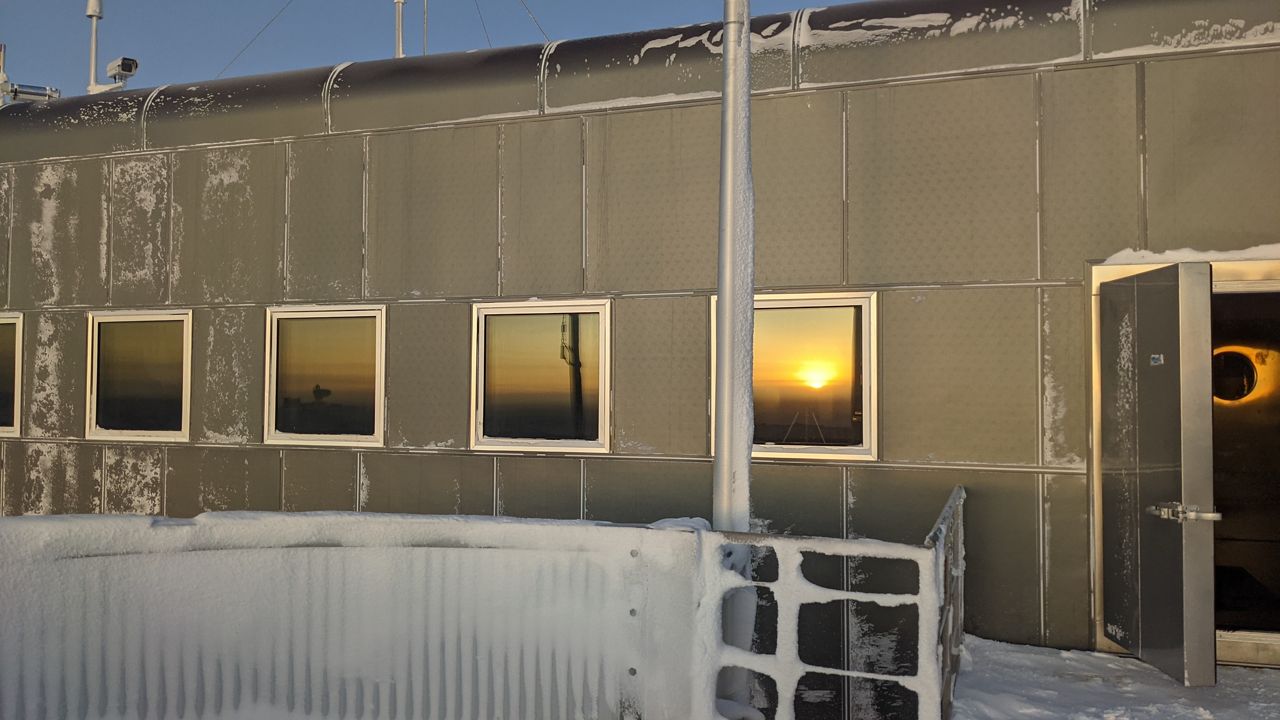
During the South Pole winter, which is our summer here in the U.S., the research base is staffed by only a handful of people. But come the summer, up to 200 workers and scientists will inhabit this literal city at the South Pole.
There's a gym, commercial-sized kitchen, and even a green house.
Almost all supplies have to be flown in to the base and fresh water is created by using a hot water hose on the frozen ice.
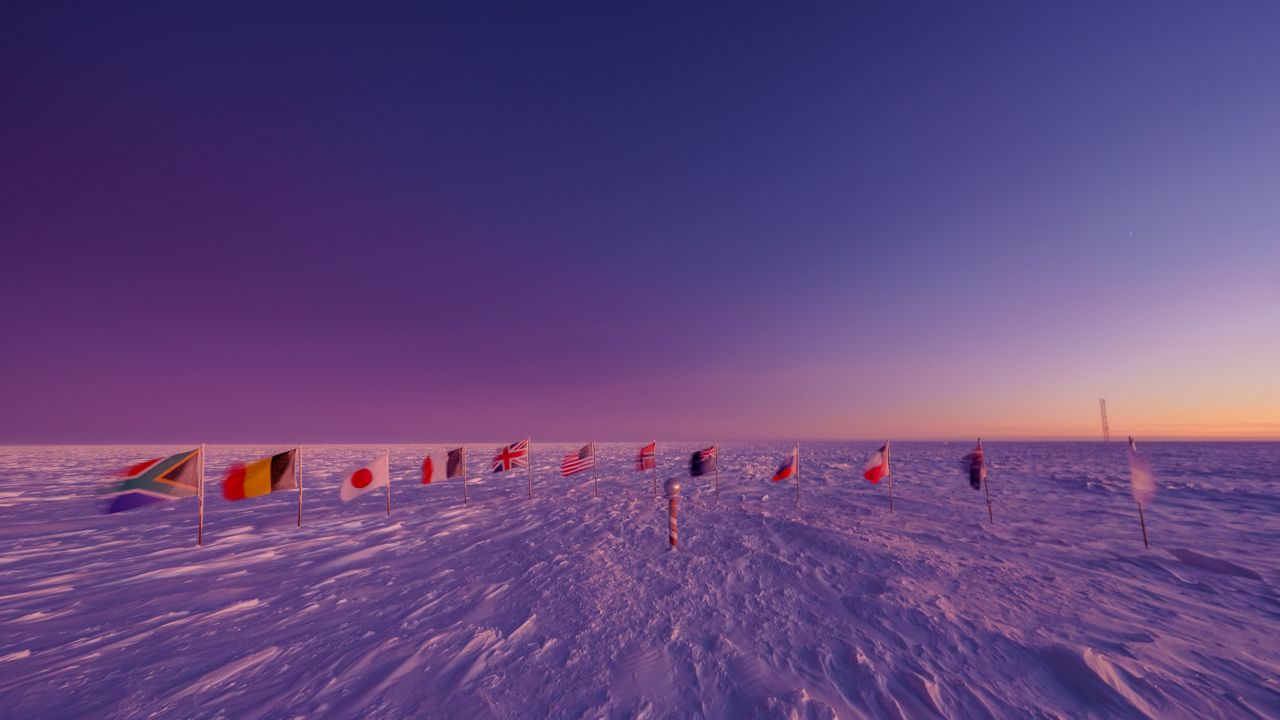
The change in seasons also means the return of supply flights. The scientists that brave the winter darkness must rely on the provisions they have stored ahead of time.
During the winter, temperatures are too cold for airplanes to operate because the hydraulic systems could freeze.
The start of spring at the South Pole is also a chance to take out the trash. All waste needs to be transported off the base by aircraft.
When not working, the scientists at the research center from bands and join clubs. They also play sports like volleyball and basketball in the indoor gym. Despite some comforts, the South Pole has many challenges for people that choose to live there.
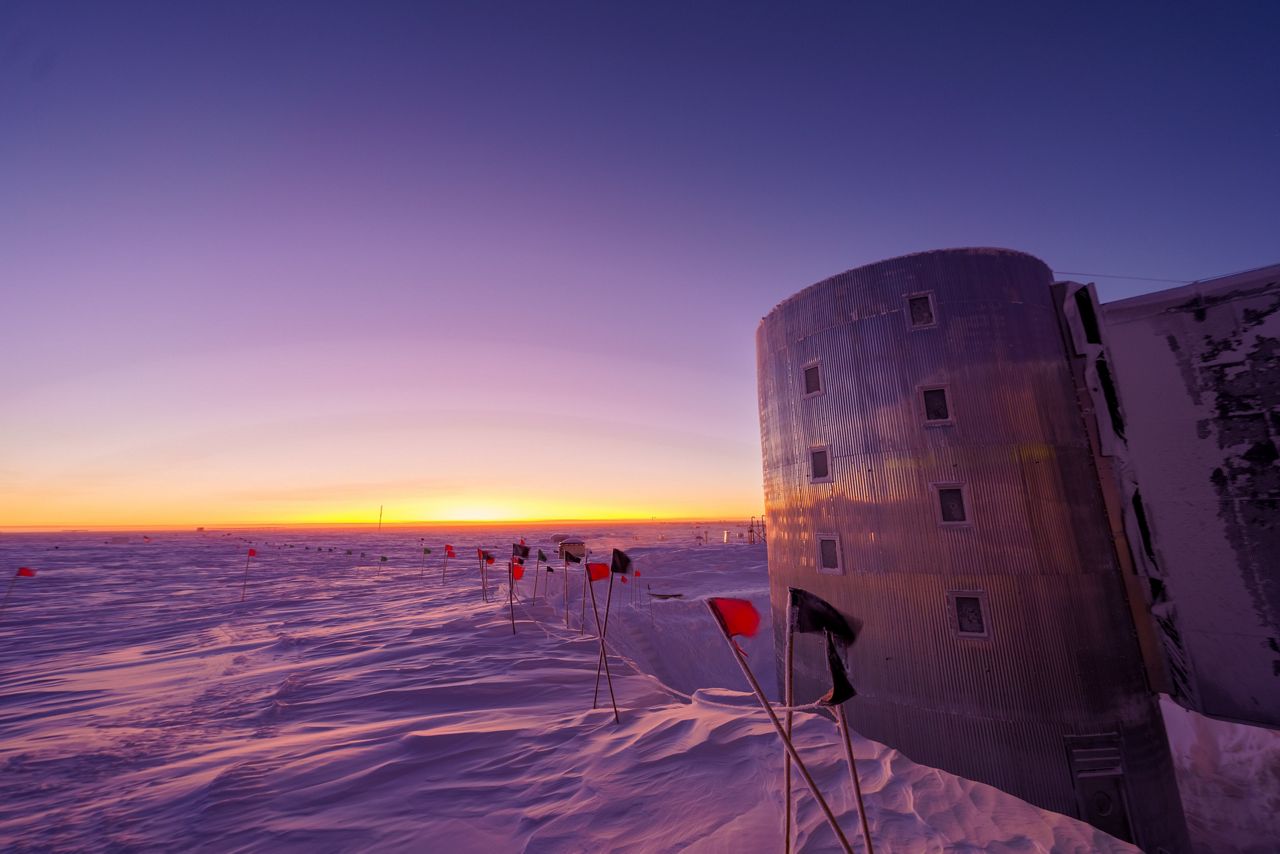
The altitude is another hurdle to overcome. The Amusden-Scott research base sits at 10,000 feet. That almost double that of Denver, the Mile-High City.
It can take weeks for people to adjust.
Now that the sun is back at the South Pole, it's time for this outpost in the coldest, windiest and driest desert on Earth to come alive.
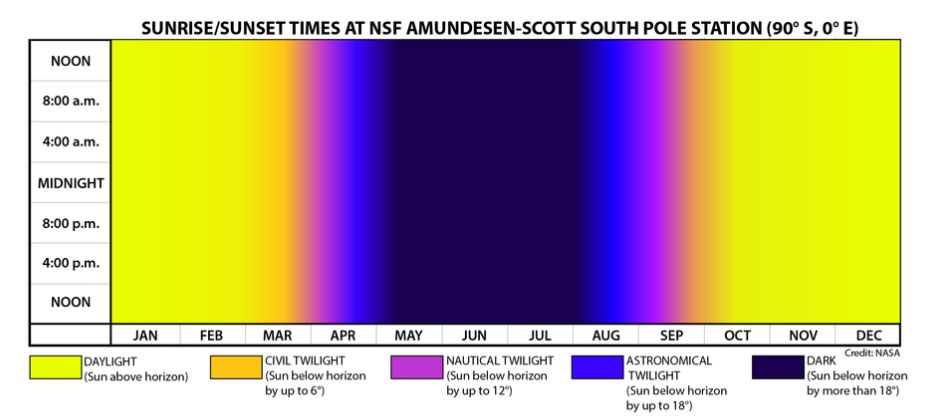
Before too long, the spring equinox in March will be here. On that date, the sun will dip below the horizon and daylight won't be back until the third week of September as the cycle repeats.



